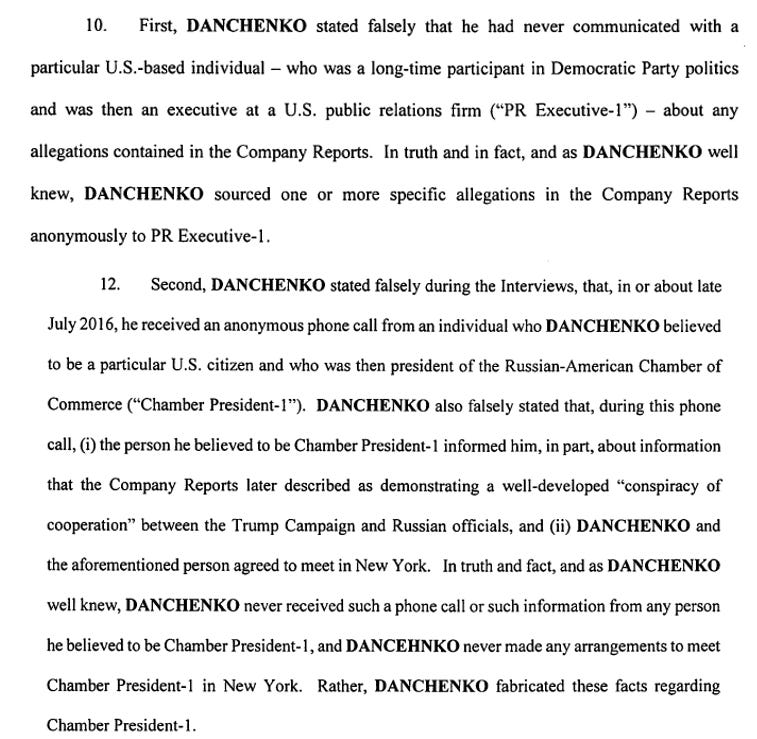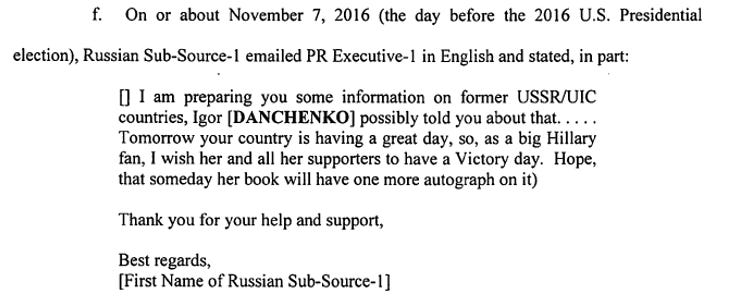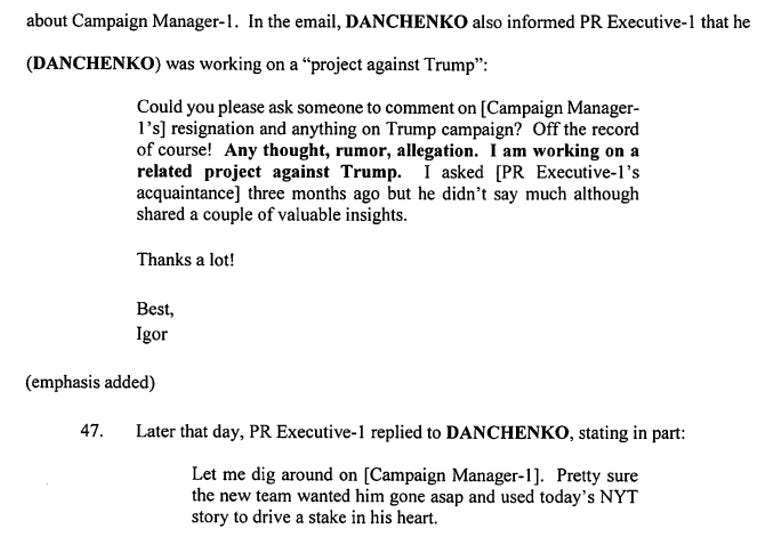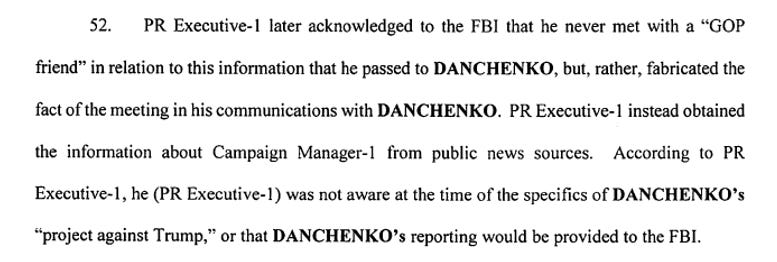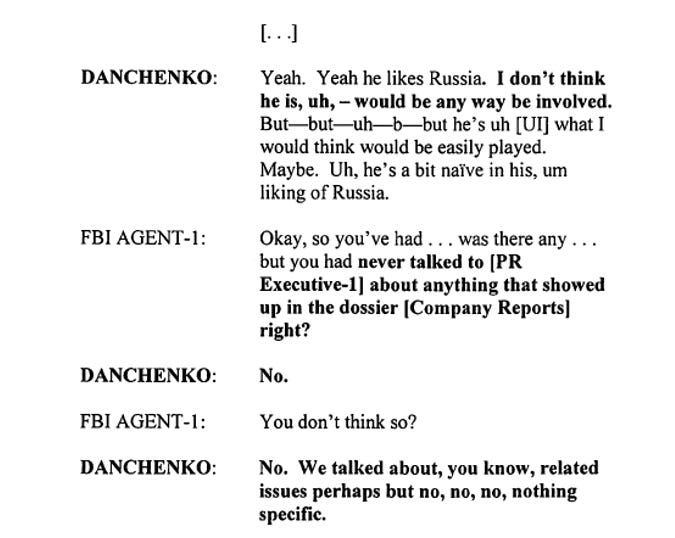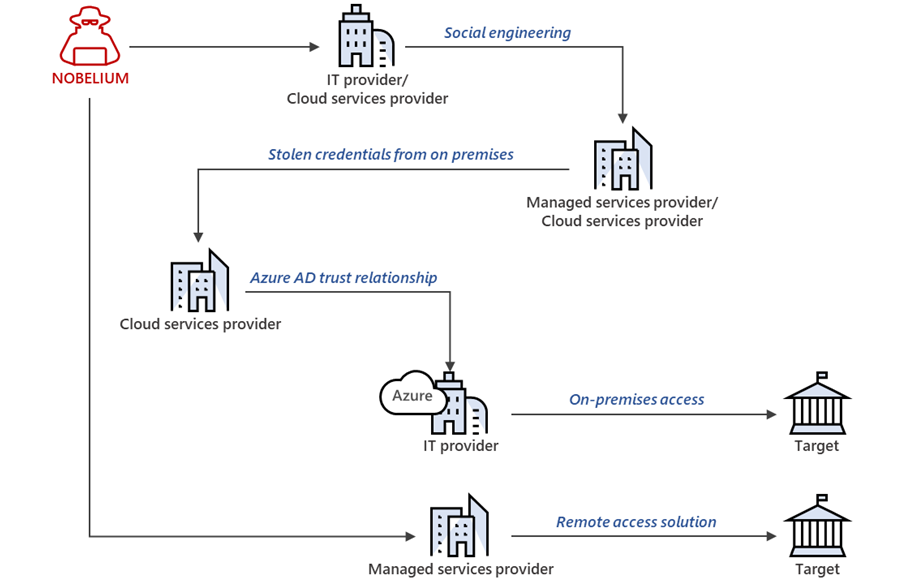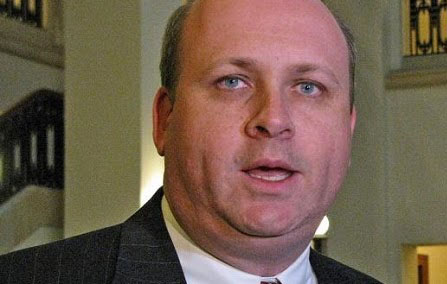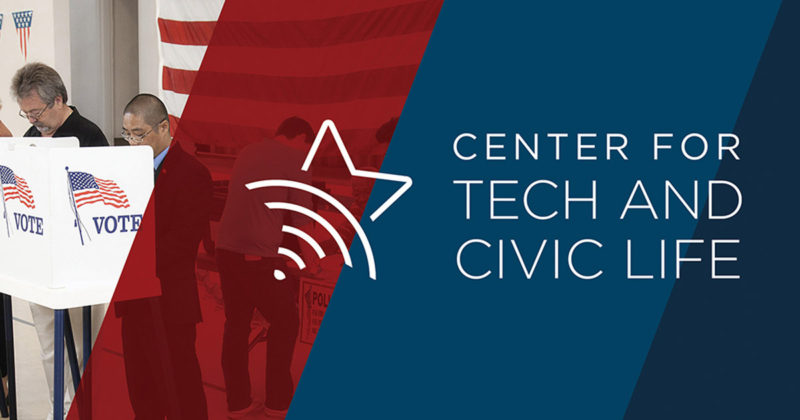Keep a close watch for names like Fiona Hill, a top witness in the first Trump impeachment. Fiona currently serves as a Senior Fellow at the Brookings Institution in Washington. She is a member of the Council on Foreign Relations and the Trilateral Commission. Next up could be Strobe Talbot, a top Clinton operative and head of the Brookings Institute, a left-wing political think tank. Strobe became friends with future President Bill Clinton when both were Rhodes Scholars at the University of Oxford;Then there could be a Mr. Charles Dolan Jr., who was the state chairman of the Clinton-Gore campaigns in Virginia in 1992 and 1996 and was appointed to a position in the State Department in the Clinton administration.
Dolan has years of political and communications experience to kglobal in his role as senior vice president. He has advised or managed Presidential and Congressional campaigns, state party conventions and platform committee hearings. He is also an adjunct professor at the George Washington University School of Media and Public Affairs, and a graduate of the University of Massachusetts, Amherst where he earned a B.A. and of Harvard University’s Kennedy School of Government, where he earned an M.P.A. in Government and Business.
Prior to joining kglobal, Chuck was an executive vice president at Prism Public Affairs and formerly a senior vice president for public affairs at Ketchum Public Relations and also worked as a senior vice president at the government relations firm, Cassidy and Associates. He served as vice-chairman of the United States Advisory Commission on Public Diplomacy, a seven-member commission that advises the U.S. government on press and information activities of U.S. missions abroad, and the government’s international radio and television operations. And, he is a former executive director of the Democratic Governors Association. He also worked as a legislative assistant on Capitol Hill.
These people circle around DC block by block and year after year.
Fiona Hill introduced Danchenko to Chris Steele as well as to this PR executive pic.twitter.com/PYYUBo97hy
— Chuck Ross (@ChuckRossDC) November 4, 2021
The fact Fiona Hill was central to both spreading the Steele Dossier and ginning up the first Trump impeachment ought to set off klaxons. https://t.co/7yi7ykABRl
— Mark Hemingway (@Heminator) November 4, 2021
DC newsrooms protected Fiona Hill and allowed her to tell lies to further her career.
She’ll say anything to climb the ladder.
I worked closely with her. She is a serial liar. https://t.co/xBIzxl3CPh
— Richard Grenell (@RichardGrenell) November 4, 2021
Exactly where was all of this during the Mueller investigation?
Another item that should have your blood boiling is the matter of paying off Andrew McCabe a few weeks ago. Remember that? Those on the top floor of the FBI remain dirty in this whole fake operation include McCabe. He was fired by Trump and sued. Merrick Garland, the head of the Department of Justice rather quietly settled with McCabe restoring his full reputation, pension and attorney’s fees. This tells you that Garland knew of Durham’s soon to be arrest of Igor Danchenko and how the FBI was so complicit in the whole affair. Better pay off McCabe now before more heads roll under the Durham investigation.
More details below…
- In part from the New York Times:
Most of the important claims in the dossier — a series of reports written by Mr. Danchenko’s employer, Christopher Steele, a former British intelligence agent — have not been proven, and some have been refuted, including by Mr. Mueller. F.B.I. agents interviewed Mr. Danchenko several times in 2017 when they were seeking to run down the claims.
The first false statement charge in the indictment concerns Mr. Danchenko’s interactions with a person the indictment describes as a public relations executive with strong ties to the Democratic Party.
The indictment said Mr. Danchenko falsely told the F.B.I. that he had not discussed the claims in the dossier with the public relations executive. But, the indictment said, the executive — who in his professional career frequently interacted with Eurasian clients, with a particular focus on Russia — was a source for some of the claims, including gossip about the ouster of Paul Manafort as Mr. Trump’s campaign chairman.
The indictment did not name the person it called “PR Executive-1,” but its description matched the career of Charles Dolan Jr., who was the state chairman of the Clinton-Gore campaigns in Virginia in 1992 and 1996 and was appointed to a position in the State Department in the Clinton administration.
Mr. Dolan was earlier named in a declaration by Olga Galkina, one of Mr. Danchenko’s sources, as someone to whom Mr. Danchenko had introduced her; the indictment also said that the executive and a source who appears to be Ms. Galkina had regular interactions, including in ways that indicated they supported Mrs. Clinton’s campaign.
Mr. Dolan’s lawyer, Ralph D. Martin, confirmed in an email that his client was the executive named in the indictment, but said that Mr. Dolan, as a potential witness in the case, would have no comment.
- The sordid and insipid details TF:
According to the indictment, Danchenko lied about his contacts with “Russians,” his travels to Russia, and the identity of his sources. (Those are just some of the lies.) In John Durham’s words:
For purposes of background on the second charge, Danchenko alleged he received a call from from Russian reporter/businessman Sergei Millian alleging a Trump/Russia conspiracy. Millian has long-denied placing this call. This call was important because it was the basis, in part, of the FISA warrants against Carter Page. Durham’s investigation revealed Danchenko “never received such a phone call or such information from” Millian.
More from the Indictment:
- Danchenko kept “PR Executive-1” – an influential Democrat – updated of his “Kompromat” research. We have learned from a person smarter than us that this is likely Charles Dolan Jr.
- The Democrat PR Exec (Dolan): “I think [Danchenko] worked for FSB.” (Federal Security Service of the Russian Federation.)
- The “Russian Sub-Source-1” of Danchenko was a Hillary Clinton supporter and was gifted an autobiography of Hillary Clinton.
- “Russian Sub-Source-1” had a personal interest in a Hillary Clinton victory, stating that the Democrat PR executive (Dolan) would “take me to the State Department if Hillary wins.”
Durham alleges that Danchenko – the Steele source – and the Democrat “PR Executive” (Dolan) worked together to gather intel/dirt on Trump. From their e-mails:
The Democrat PR Executive (Dolan) later admitted to the FBI he fabricated this information to Danchenko.
Danchenko later falsely denied to the FBI that the Democrat PR Executive (Dolan) had provided him with information.
Danchenko further lied about his claims of staying in a Moscow Hotel in June 2016. He didn’t stay at the Moscow Hotel until October. This is material because Danchenko purportedly gathered information from sources during the June 2016 stay (which never occurred).
Here’s an important observation: Danchenko wasn’t a necessarily a source – he was a go-between, providing Steele with information from the Democrat PR Executive (Dolan).
And then Danchenko lied about the Democrat PR Executive (Dolan) not being his source.
Overall, Danchenko faces five false statement charges:
- Falsely denying he didn’t talk to the Democrat PR executive (Dolan) about the dossier allegations.
- Falsely stating he took a 2016 call from Russian Sergei Millian (whom he says alleged a Trump/Russia conspiracy).
- Falsely stating in another FBI interview that he took the 2016 call from Millian.
- Falsely stating he talked to Millian more than once over the phone.
- False in another FBI interview about his conversations with Millian.
Read the full indictment here.
I’ll be updating this article as I dive deeper into the indictment. For more background, you can read the 2017 FBI Danchenko interviews here.
3. Lastly from top Jonathan Turley:
Danchenko is not someone who immediately comes across as an apex defendant — the highest target in an investigation. He was a key source used by others to advance false or unsubstantiated claims against Trump. He is the type of defendant that prosecutors pressure to flip against those who retained him or used him in this effort. In other words, he strikes me as someone who can be used as a building block to apex defendants.
Potential apex targets above him in the investigation range from Steele himself to Clinton general counsel Marc Elias to Clinton campaign officials.
The indictment circles around an unnamed figure called PR-Executive-1 who was a close Clinton adviser who held high positions in the Democratic party and prior Clinton campaigns. Most embarrassing are references to the Clinton adviser meeting with possible Russian intelligence figures and other Russian sources, including this line:
PR Executive-1 gifted to Russian Sub-Source-1 an autobiography of Hillary Clinton, which he signed and inscribed with the handwritten message, “To my good friend [first name of Russian Sub-Source-1], A Great Democrat.”
That is one book I think Hillary Clinton would like back.
The indictment describes the individual in this way:
“PR Executive-1 had served as (1) chairman of a national Democratic political organization, (2) state chairman of former President Clinton’s 1992 and 1996 presidential campaigns, and (3) an advisor to Hillary Clinton’s 2008 Presidential campaign. Moreover, beginning in or about 1997, President Clinton appointed PR Executive-! to two four-year terms on an advisory commission at the U.S. State Department. With respect to the 2016 Clinton Campaign, PR Executive-! actively campaigned and participated in calls and events as a volunteer on behalf of Hillary Clinton.”
There is no indication if Durham has possible evidence of criminal acts by those figures but there is every indication that he is not done by a long shot with this investigation.

